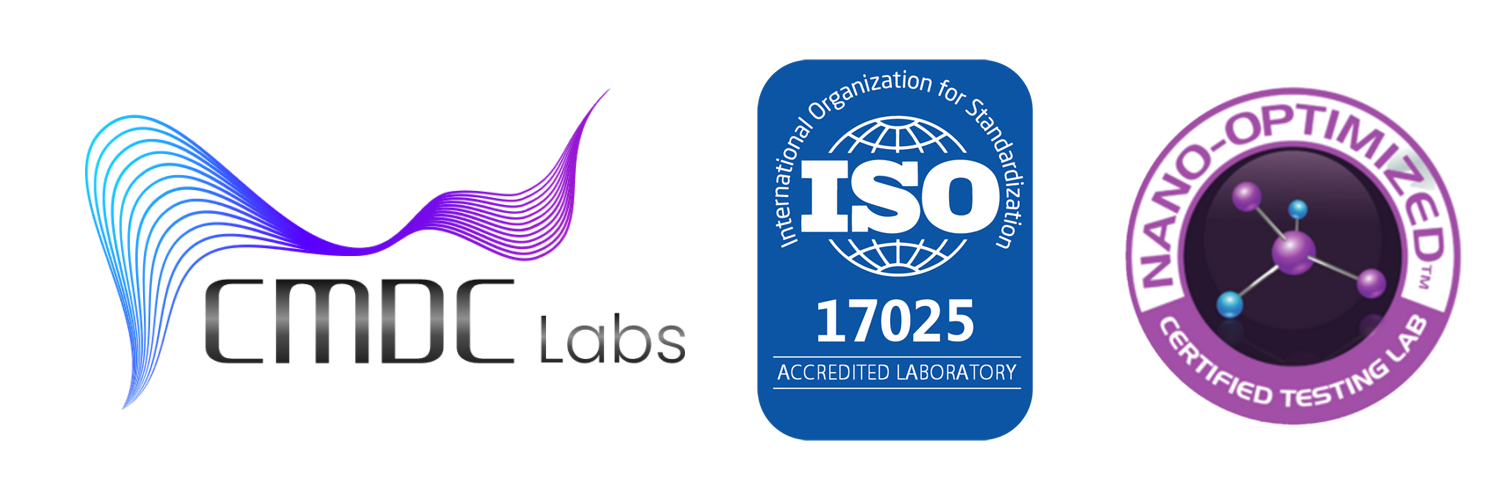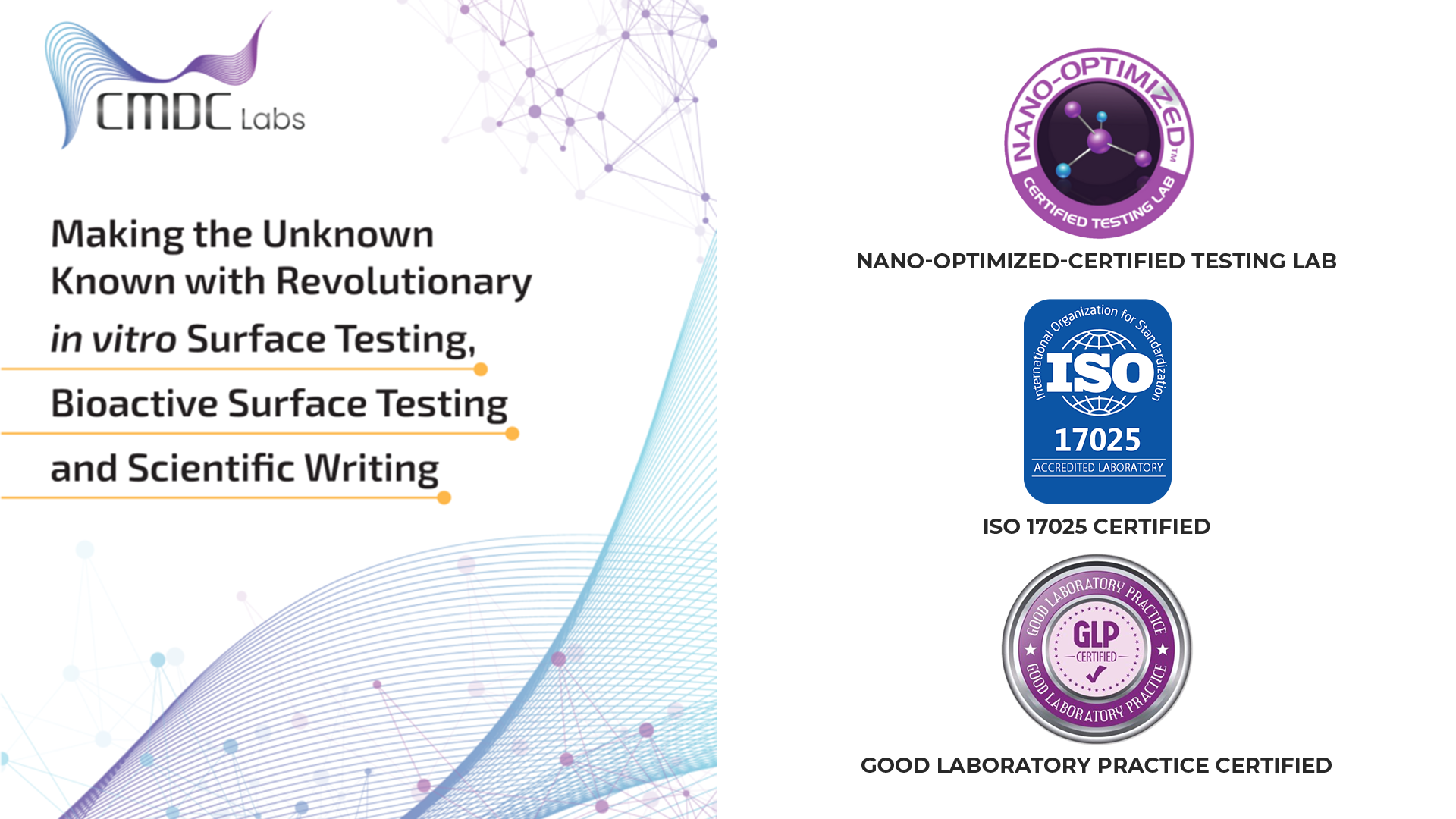The production and distribution of food and beverages demand rigorous quality control measures to safeguard public health and uphold industry standards. In this article, we explore the pivotal role of microbiology testing in ensuring the safety, quality, and compliance of food and beverage products.
Microbial Threats in Food and Beverage:
- Pathogenic Bacteria: Microorganisms like Salmonella, Escherichia coli (E. coli), and Listeria can pose severe health risks when present in food. Microbiology testing helps detect and mitigate these pathogens, preventing foodborne illnesses.
- Spoilage Microorganisms: Yeasts, molds, and bacteria contribute to food spoilage, affecting taste, texture, and overall quality. Microbiology testing identifies these spoilage microorganisms, enabling producers to maintain product freshness.
Key Aspects of Microbiology Testing in the Food and Beverage Industry:
- Raw Material Testing: Ensuring the microbiological quality of raw ingredients is the first line of defense. Microbiology testing assesses incoming materials to prevent the introduction of contaminants at the initial stages of production.
- Production Environment Monitoring: Regular monitoring of production facilities is essential to prevent cross-contamination. Microbiology testing of surfaces, air, and equipment identifies potential sources of microbial contamination.
- Product Testing at Different Stages: Microbiology testing is conducted at various production stages, including during fermentation, processing, and packaging. This comprehensive approach guarantees the continuous quality of the final product.
Compliance with Regulatory Standards:
- HACCP (Hazard Analysis and Critical Control Points): Microbiology testing is integral to HACCP plans, helping identify critical control points where interventions are necessary to eliminate or minimize microbiological hazards.
- ISO 17025 Accreditation: Laboratories performing microbiology testing adhere to ISO 17025 standards, ensuring the competence and impartiality of testing and calibration activities. This accreditation is a hallmark of quality in the industry.
Emerging Trends in Microbiology Testing for Food and Beverage:
- Rapid Methods: Advancements in technology have led to the development of rapid microbiology testing methods. These quick and efficient techniques enhance the speed of detection, allowing for timely corrective actions.
- Molecular Techniques: Molecular methods, including polymerase chain reaction (PCR) and next-generation sequencing, provide precise identification of microorganisms. These techniques offer insights into the microbial composition of products.
The Role of Microbiology Testing in Consumer Trust:
- Label Claims and Transparency: Microbiology testing supports label claims related to product safety and quality. Transparent communication about testing protocols builds consumer trust and confidence in food and beverage brands.
- Recall Prevention: Timely microbiology testing helps prevent product recalls, protecting both consumers and the reputation of food and beverage companies. Proactive testing measures mitigate risks associated with contaminated products.
Conclusion:
Microbiology testing stands as a cornerstone in the food and beverage industry’s commitment to delivering products that meet the highest quality and safety standards. By employing robust testing protocols, producers ensure the integrity of their offerings, instilling confidence in consumers and meeting regulatory requirements.

